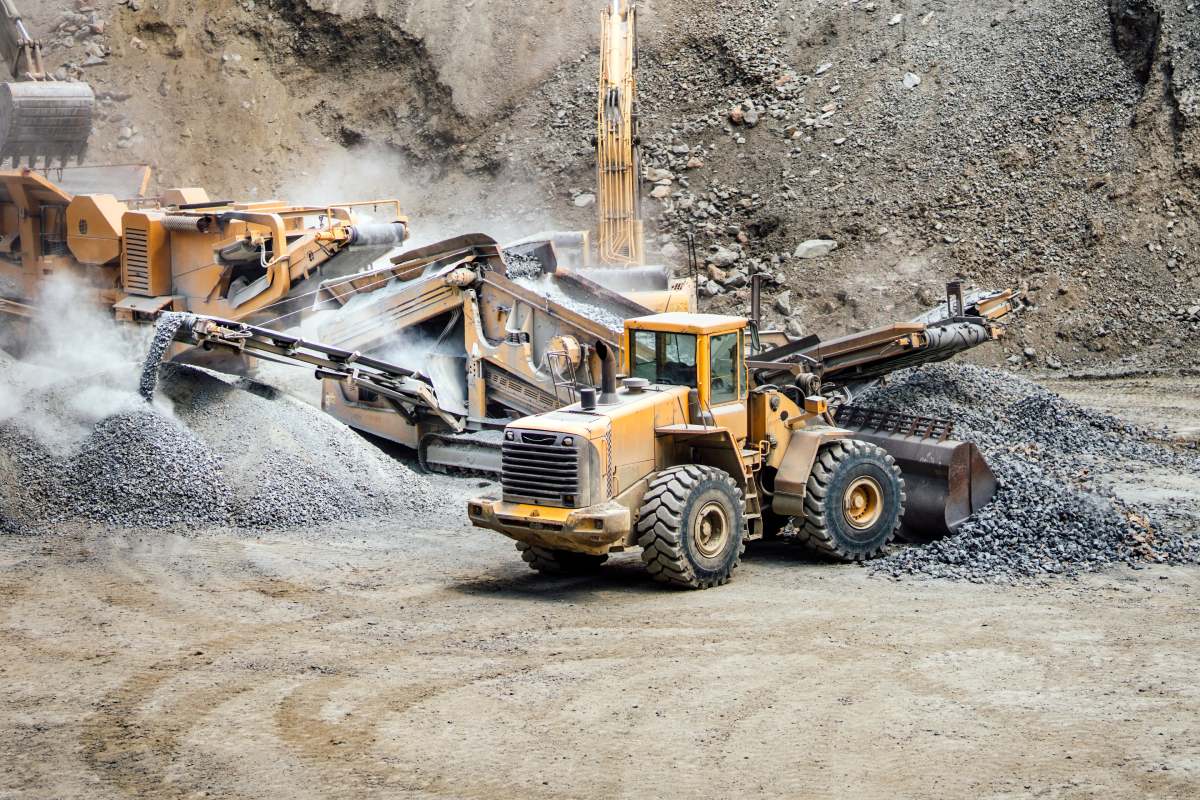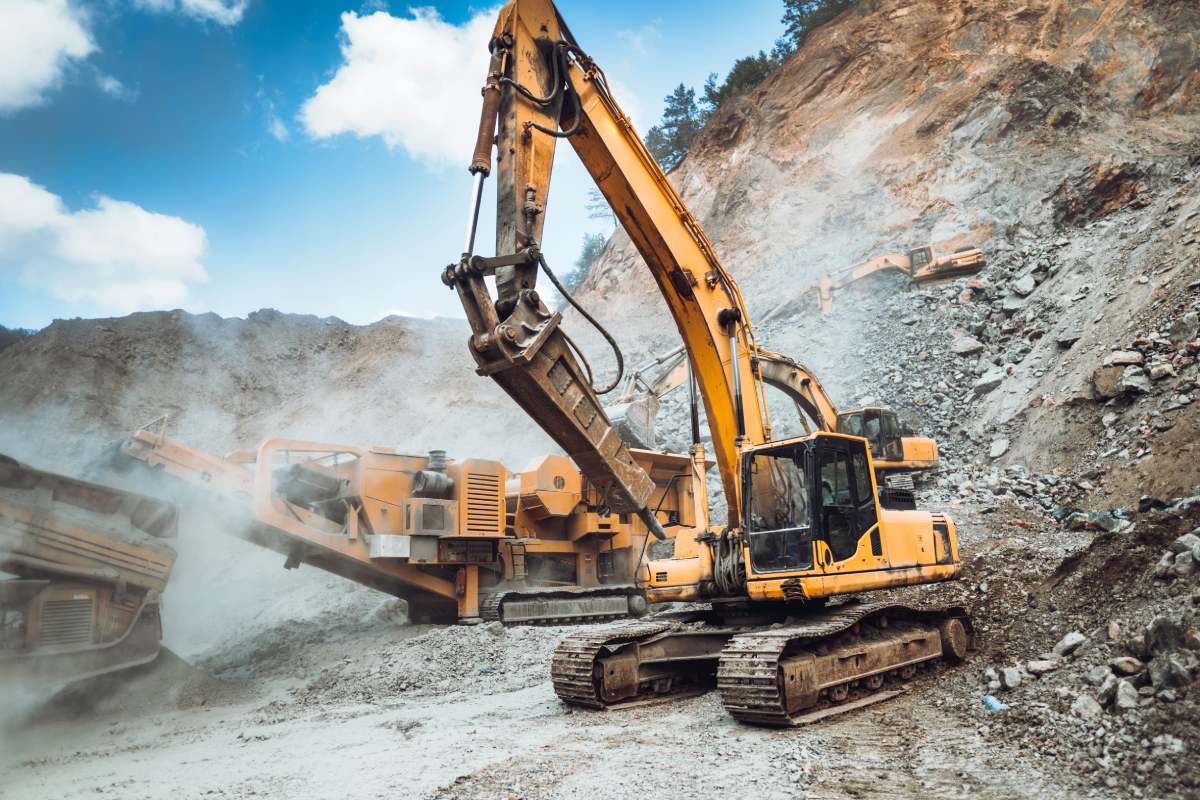Choosing the right aftermarket exhaust system for your Caterpillar machinery involves considering several key factors to ensure compatibility, performance improvement, and compliance with regulations. Here’s a guide to help you make an informed decision:
1. Determine Your Goals
Identify what you want to achieve with the new exhaust system. This could include:
- Increased engine power and efficiency
- Improved fuel economy
- Reduced emissions
- Lower noise levels
- Enhanced durability and lifespan
- Weight reduction
2. Compatibility and Fitment
Ensure the aftermarket exhaust system is compatible with your specific model of Caterpillar machinery. This includes:
- Engine Specifications: Match the exhaust system to the engine type, size, and power output of your machinery.
- Mounting and Size: The system should fit the existing mounting points and not interfere with other components. Consider the dimensions and layout to ensure a proper fit.
3. Material Quality
Choose a system made from high-quality materials that can withstand harsh mining conditions. Common materials include:
- Stainless Steel: Resistant to rust and corrosion, offering durability and longevity.
- High-Performance Alloys: Provide better heat resistance and strength.
4. Performance Enhancements
Look for features that contribute to performance improvements:
- Optimized Flow Design: Reduces back pressure, allowing for more efficient exhaust gas flow.
- Advanced Mufflers and Resonators: Reduce noise while maintaining performance.
- Catalytic Converters and Particulate Filters: Improve emissions control and compliance with environmental regulations.
5. Emission Compliance
Ensure the aftermarket exhaust system meets or exceeds the emission standards required for your operation. This is crucial for legal compliance and environmental responsibility. Check for systems with:
- Advanced Catalytic Converters: To reduce harmful gases like NOx.
- Diesel Particulate Filters (DPF): To capture and reduce particulate emissions.
6. Noise Reduction
Consider systems that offer significant noise reduction features if noise levels are a concern. This is particularly important for machinery operating near residential areas or in noise-sensitive environments.
7. Brand Reputation and Reviews
Choose reputable brands with a history of producing reliable and high-quality exhaust systems. Read reviews and get feedback from other users, especially those with similar machinery and operational needs.
8. Warranty and Support
Check if the manufacturer offers a warranty and good customer support. A warranty can provide peace of mind regarding the durability and performance of the exhaust system.
9. Installation and Maintenance
Consider the ease of installation and the availability of installation services. Some aftermarket systems may require professional installation. Also, assess the maintenance requirements and whether your team can handle them or if you’ll need external support.
10. Cost and Budget
While cost is a significant factor, it’s essential to balance price with quality and performance benefits. Investing in a high-quality system may have a higher upfront cost but can lead to savings in fuel efficiency, maintenance, and compliance fines in the long run.
11. Consult with Experts
Consult with an experienced mechanic or a specialist in heavy machinery exhaust systems like Mammoth Equip, they can provide valuable insights and help you choose the best system for your specific needs and operational conditions.
12. Check for Certifications
Look for exhaust systems that have been tested and certified by recognized organizations. Certifications can ensure that the product meets specific performance and safety standards.




